Car Paint - Arnold User Guide
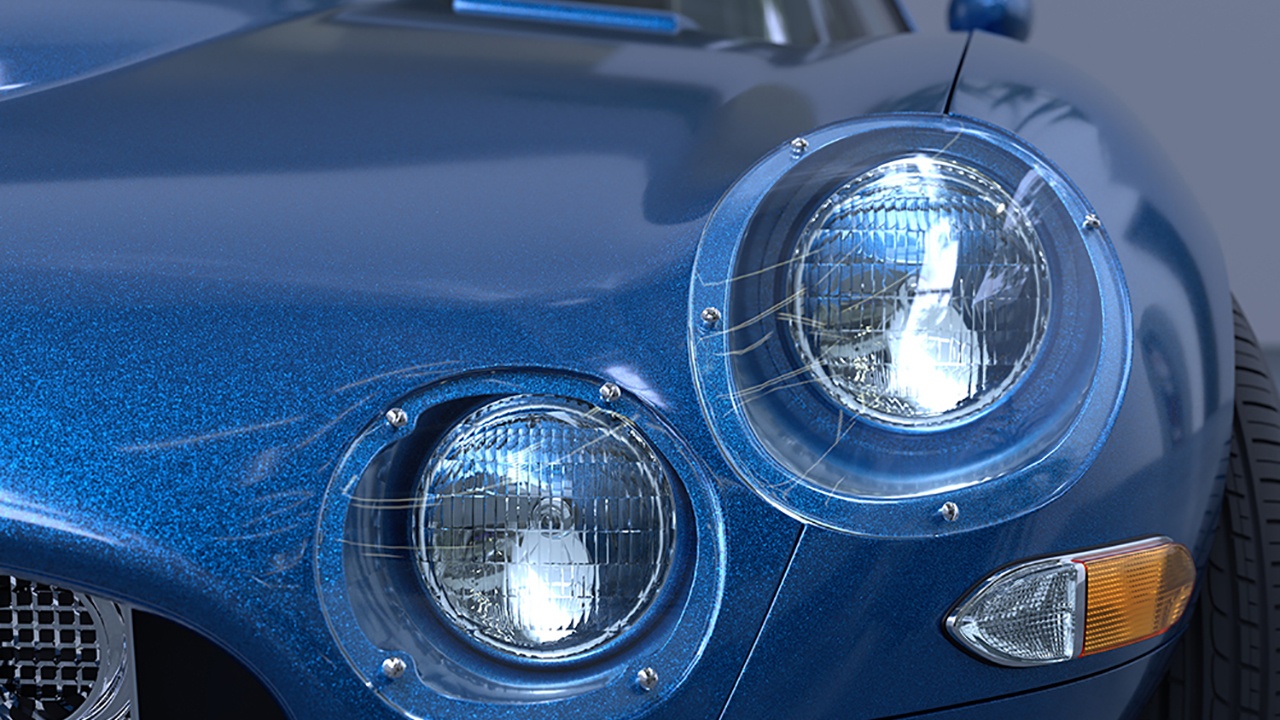 |
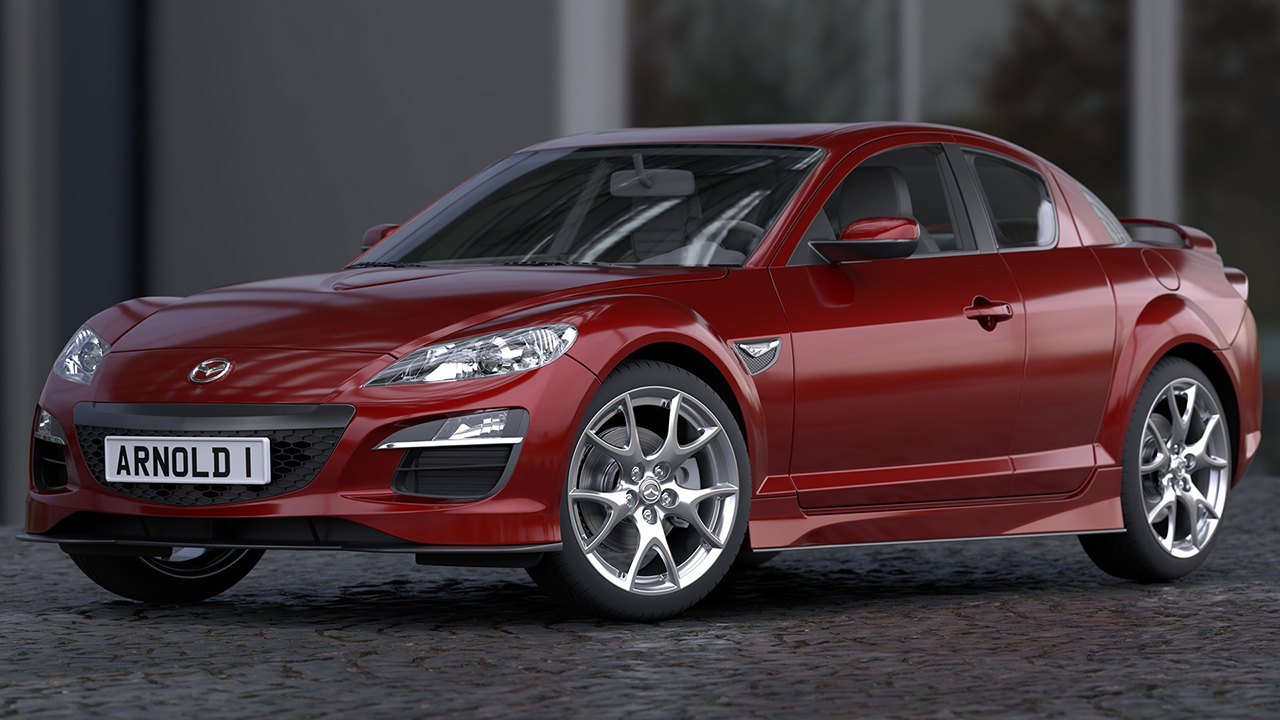 |
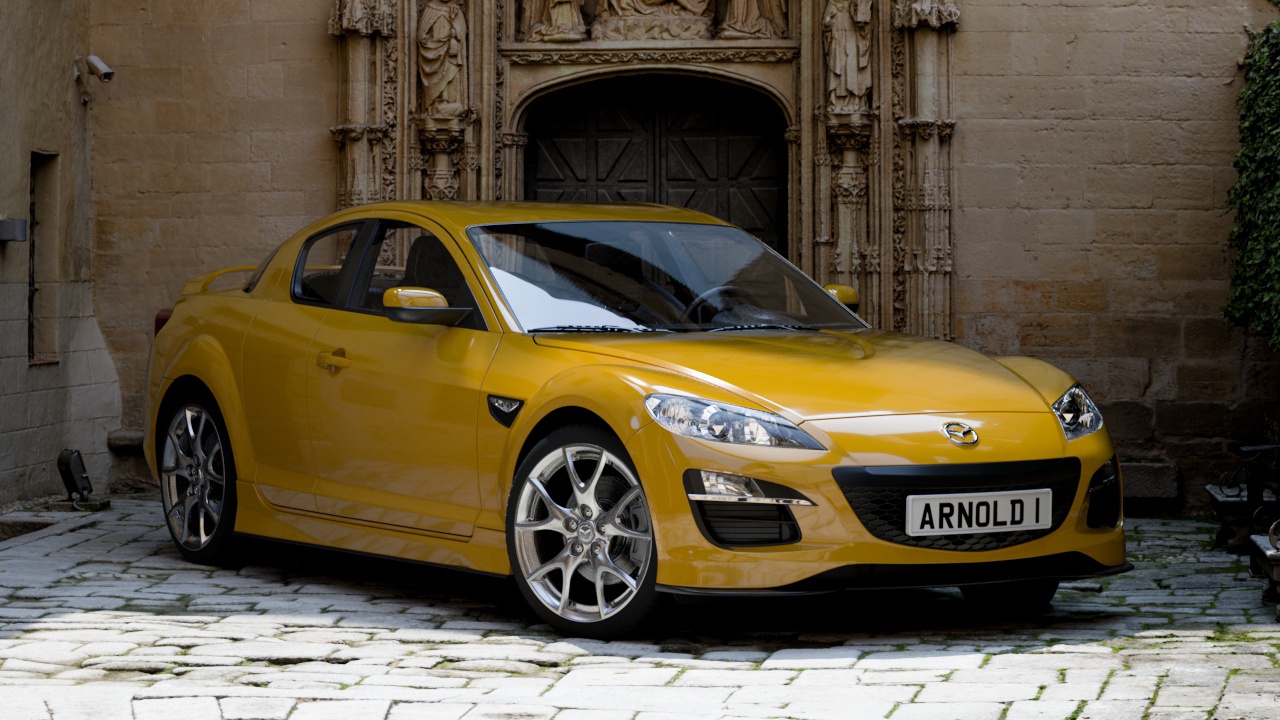 |
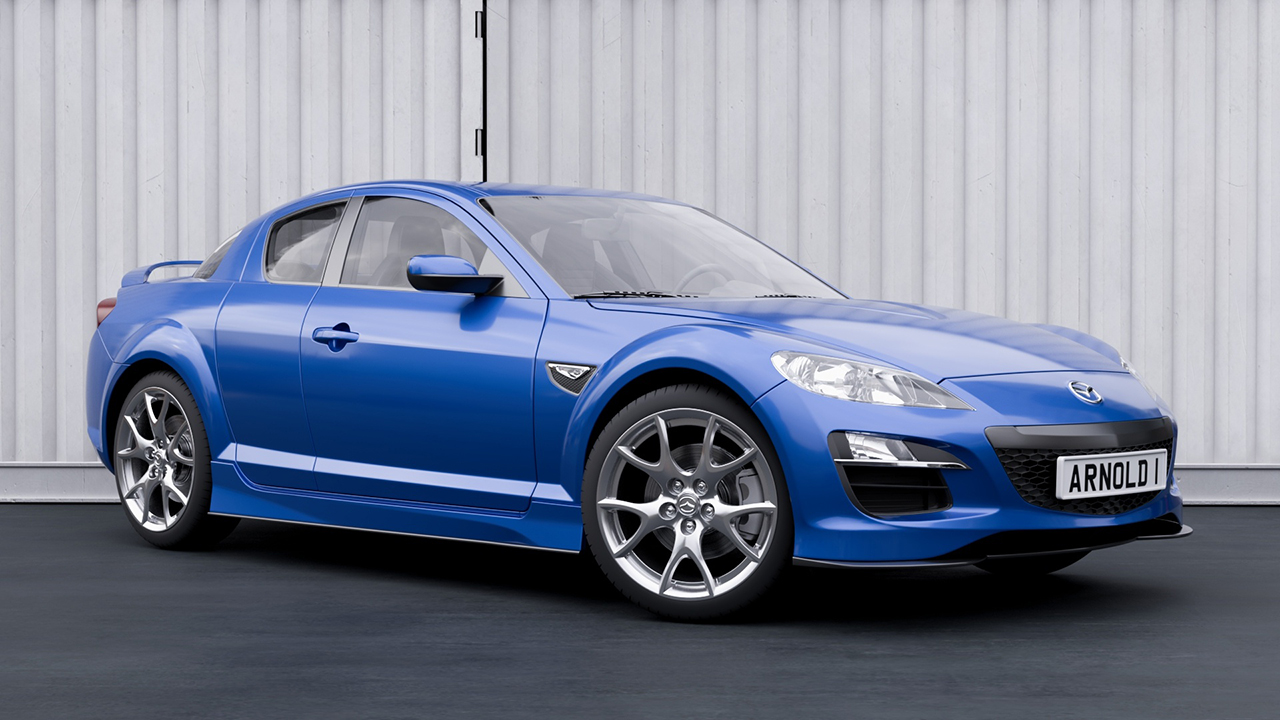 |
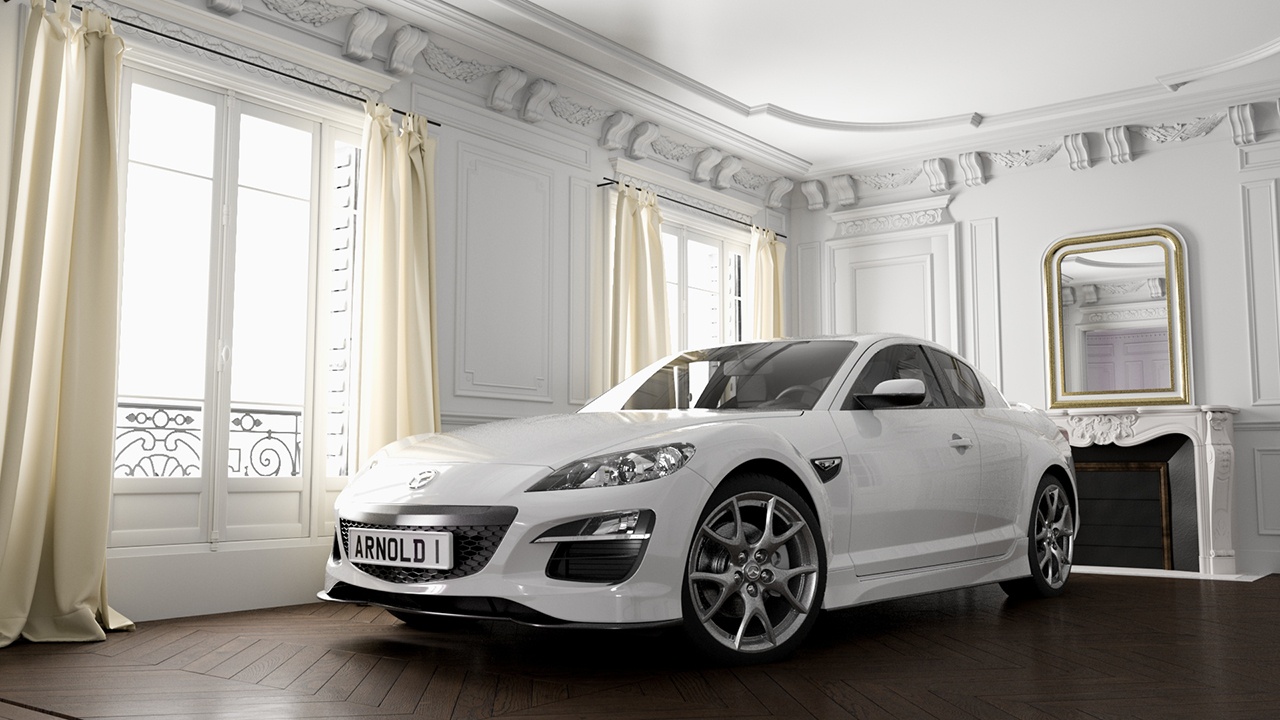 |
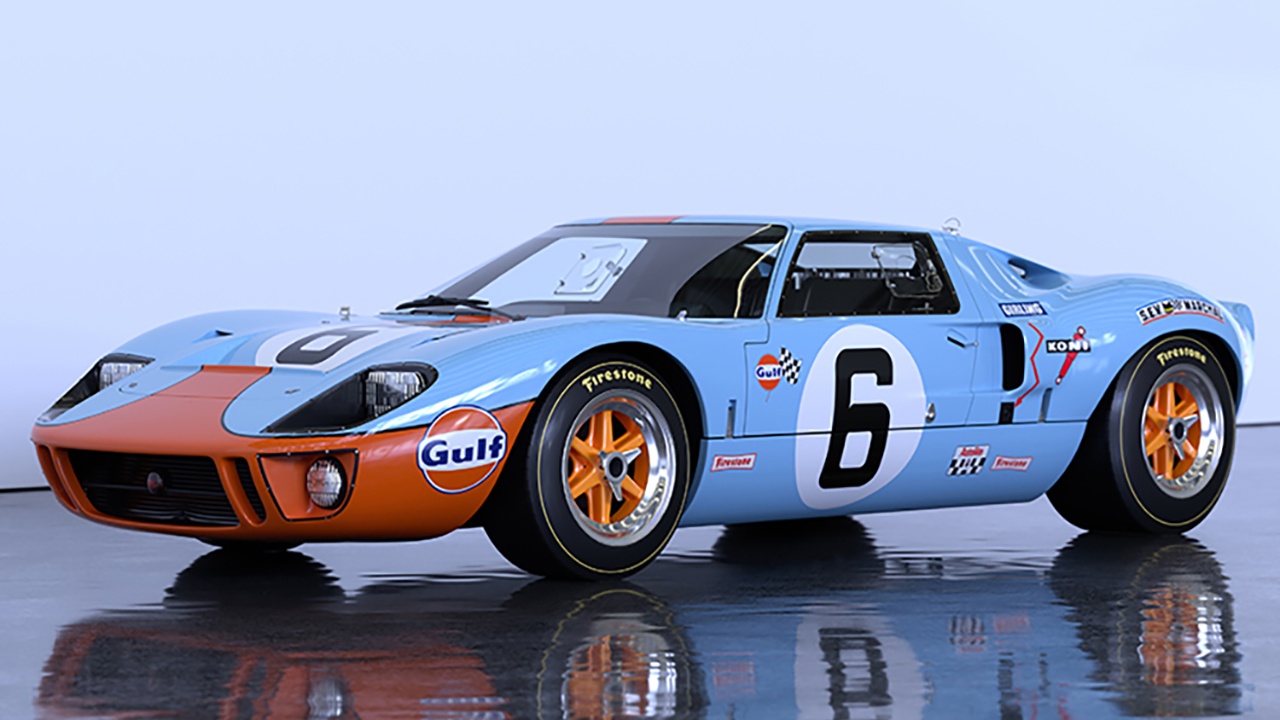 |
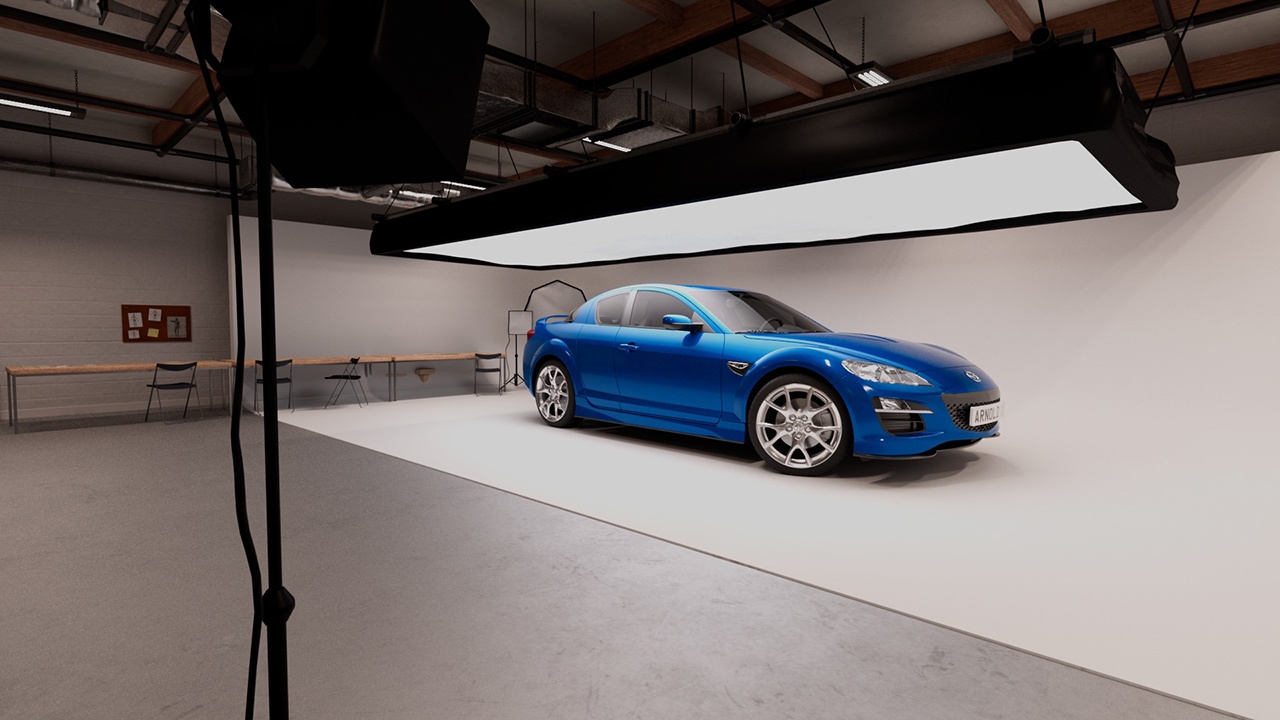 |
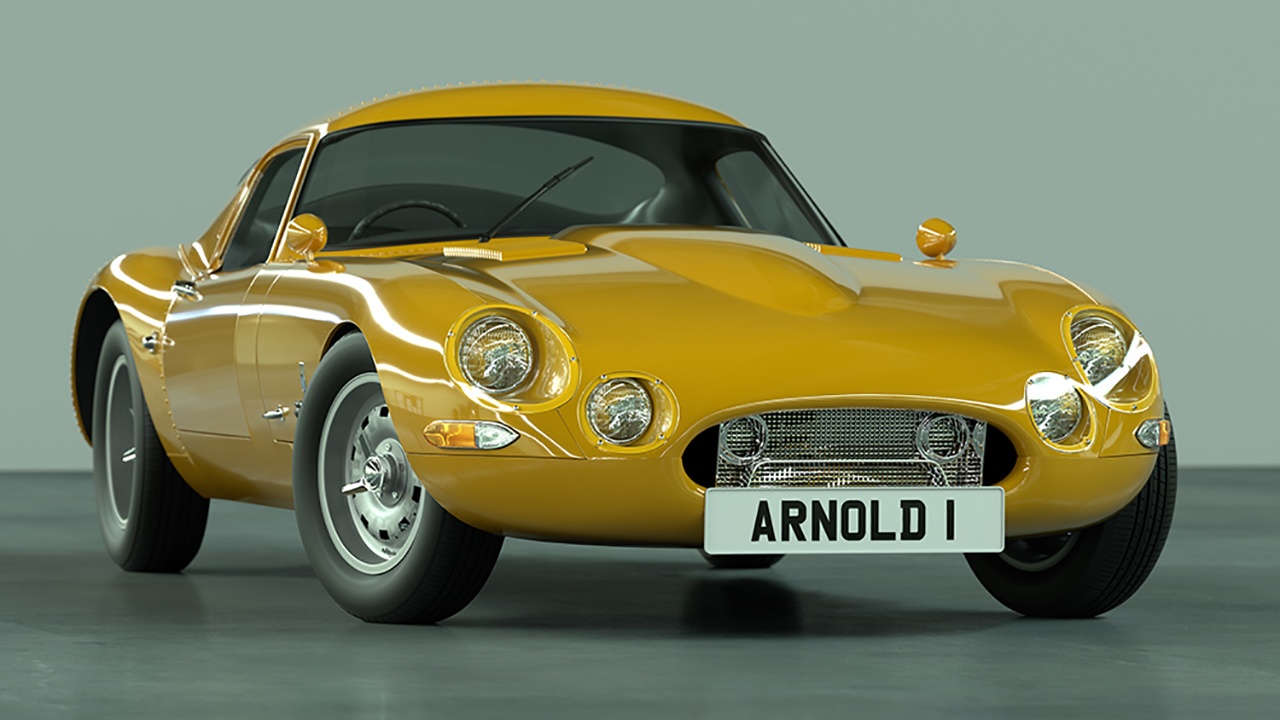 |
 |
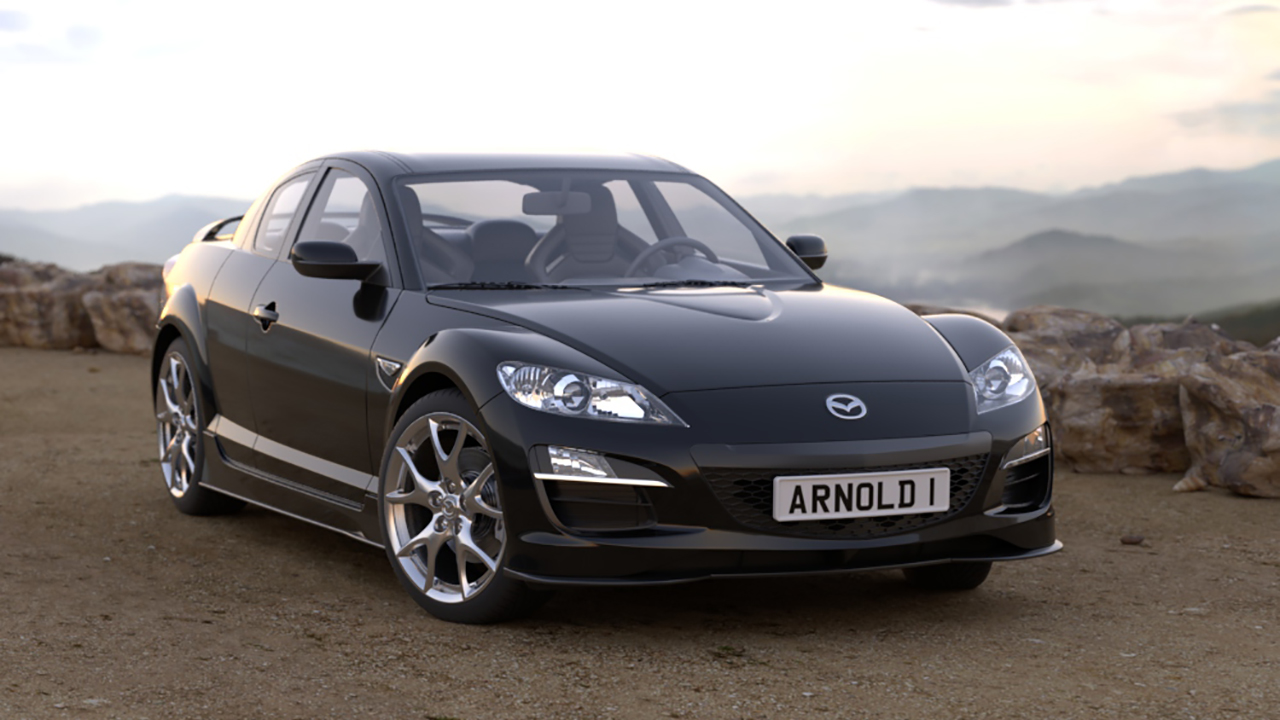 |
This simple-to-use shader is useful for creating car paint materials. It supports three layers: Base Layer, Specular, and Clear Coat. These layers work similarly to those in the Standard Surface shader. However, there are some unique attributes for specifically controlling color ramps, light-facing color, and falloff that are unique to the Car Paint shader. Metallic flakes can also easily be added to the specular layer.
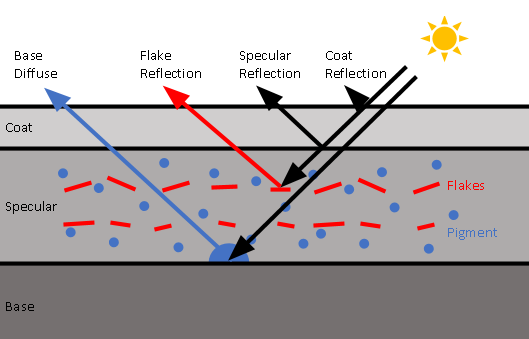
When flakes become smaller than a pixel, they can introduce rendering artifacts during an animation. Increasing Camera (AA) samples can help to reduce flakes from 'shimmering' over distance.
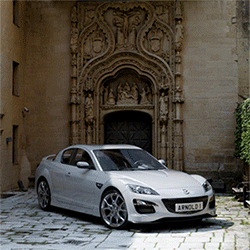
Base
Base Weight
The primer layer color weight.
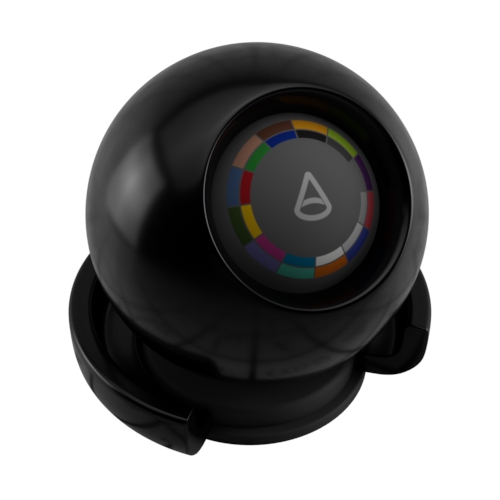 |
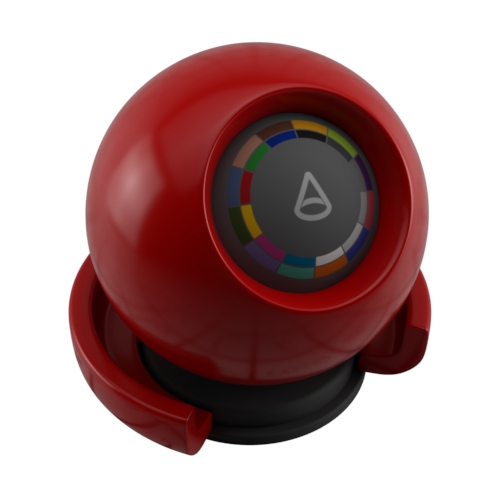 |
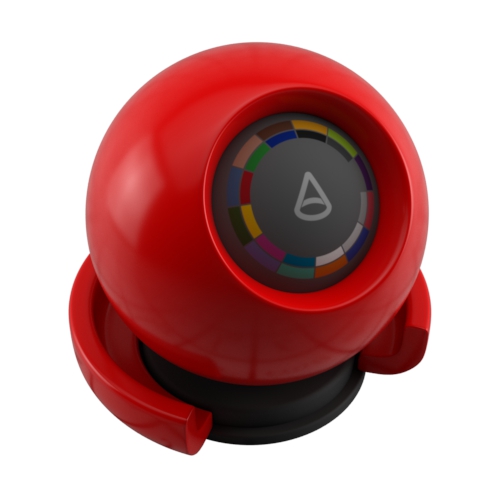 |
| 0 | 0.5 | 1 (default) |
Base Color
The color of the primer layer.
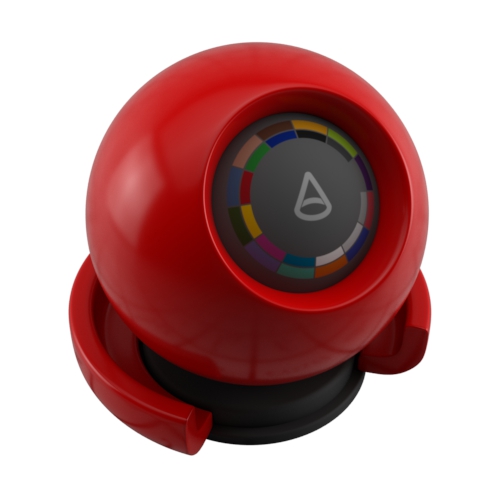 |
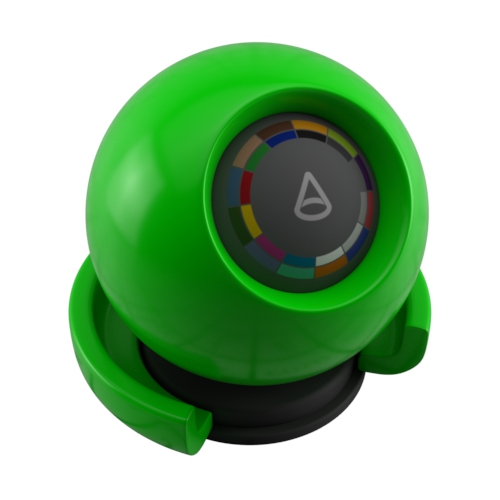 |
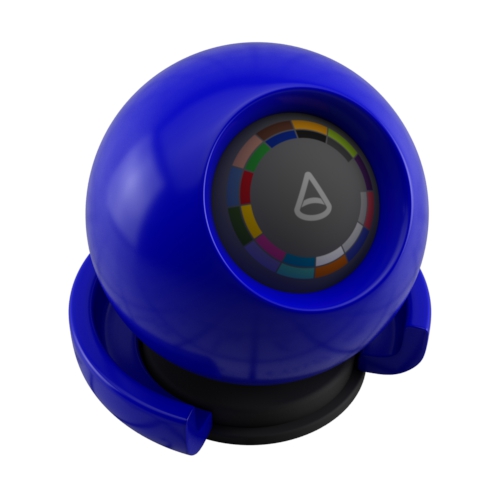 |
| red | green | blue |
Base Roughness
The primer layer follows an Oren-Nayar reflection model with surface roughness. A value of 0.0 is comparable to a Lambert reflection.
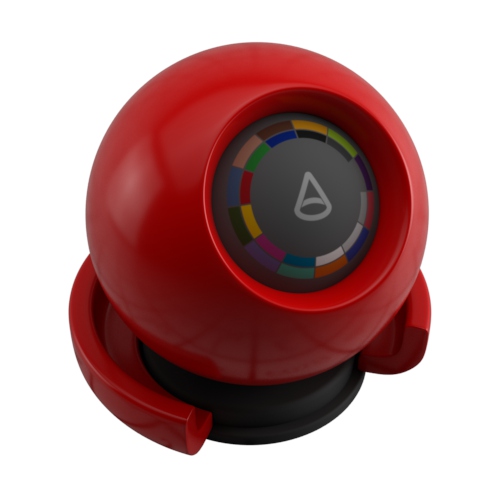 |
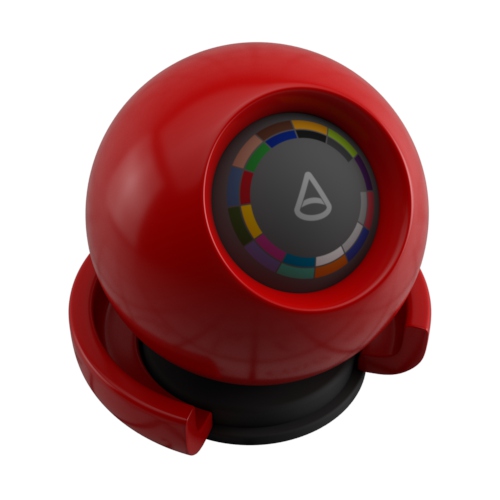 |
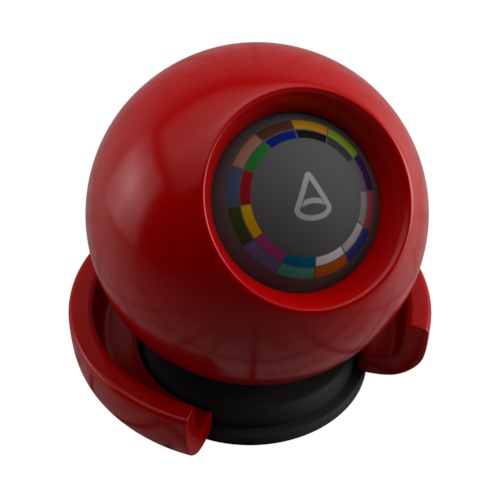 |
| 0 | 0.5 | 1 |
Specular
Specular Weight
The base coat color weight.
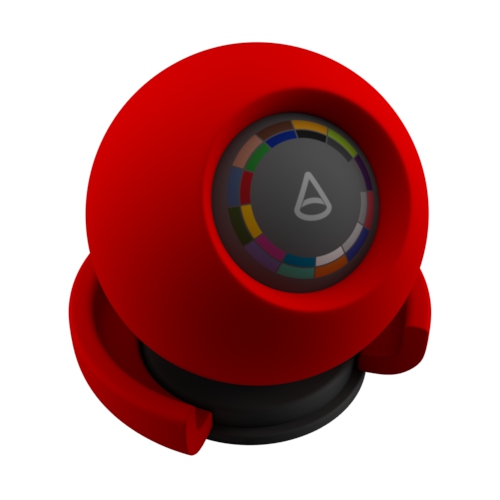 |
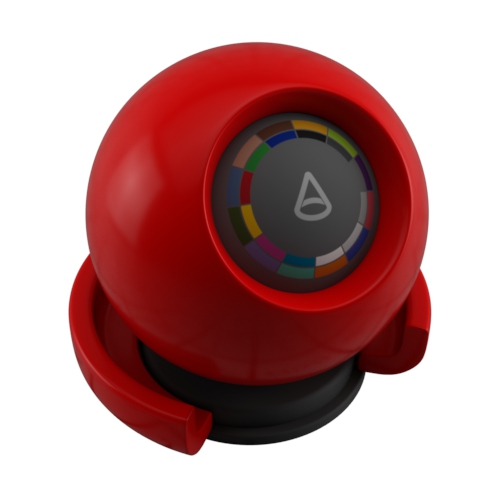 |
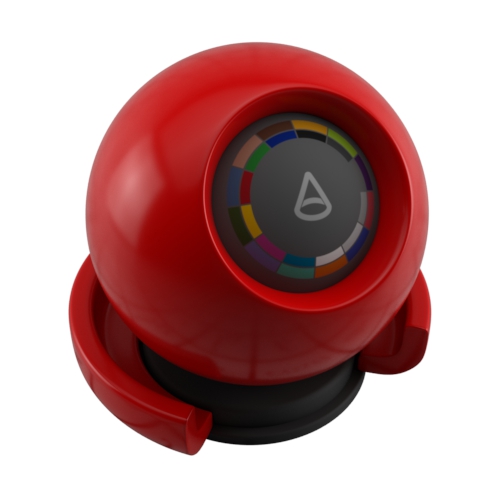 |
| 0 | 0.5 | 1 (default) |
Specular Color
The color the specular reflection will be modulated with. Use this color to 'tint' the specular highlight from the base coat layer.
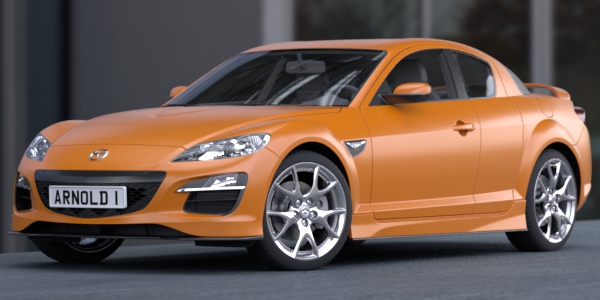 |
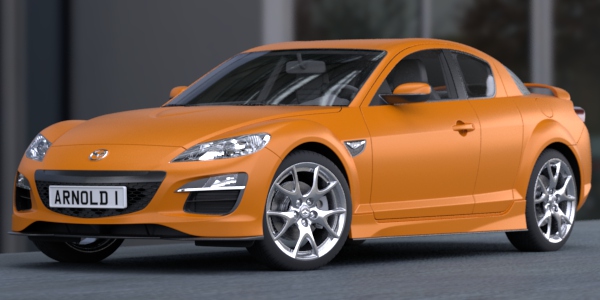 |
| Specular Color: white (default) | Specular Color: orange |
Flip Flop
Connect a ramp shader here to modulate the specular reflection from the base coat depending on the viewing angle. This can be used to mimic a pearlescent effect.
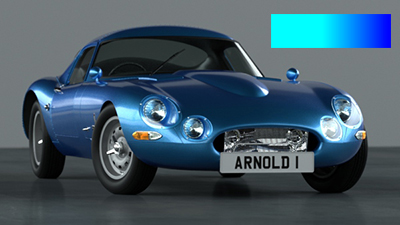 |
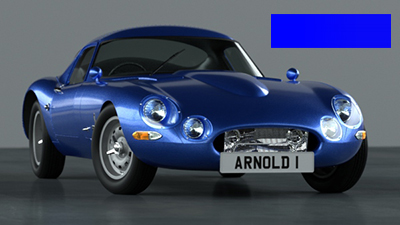 |
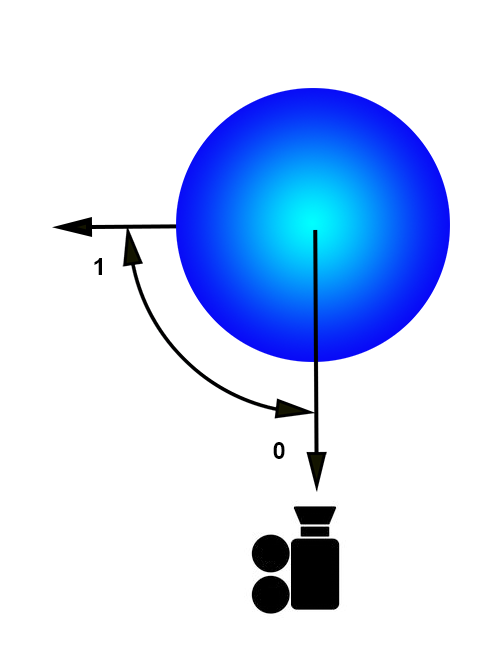 |
With/without a ramp (solid color). The color changes depending on the viewing angle.
Light Facing Color
Modulates the base coat specular color of the area facing the light source.
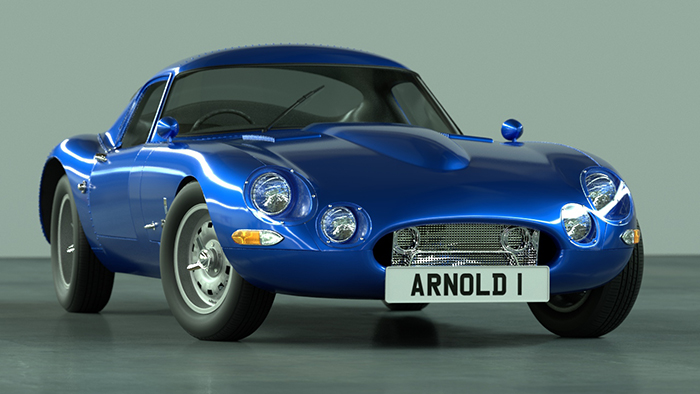 |
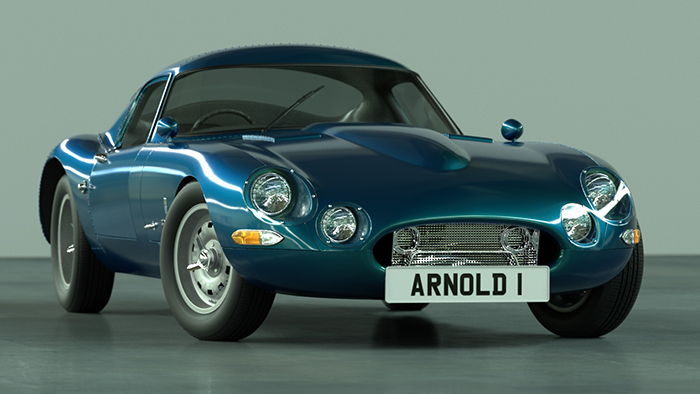 |
| white (Specular Color: blue) | yellow (Specular Color: blue). Car paint appears more green in light facing areas. |
Pearlescent car paint effects can be created by combining Light Facing Color with Base Color.
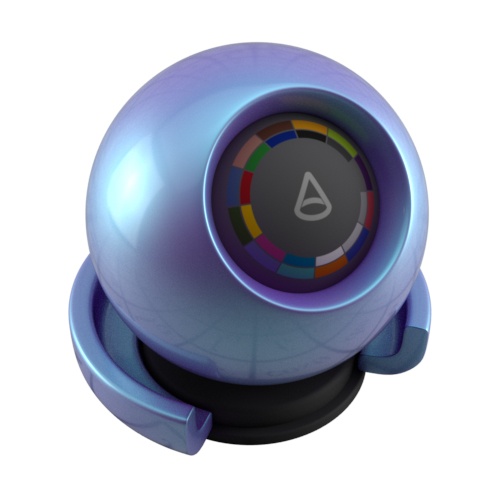 |
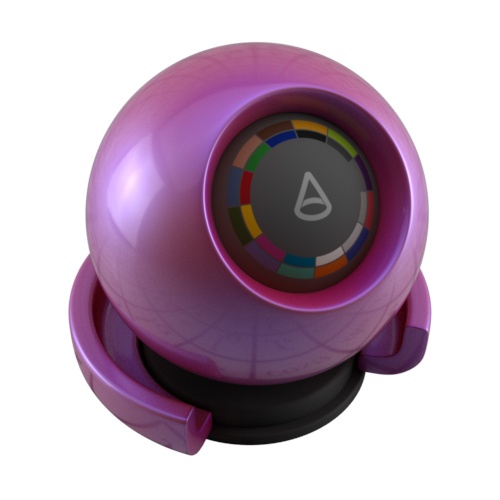 |
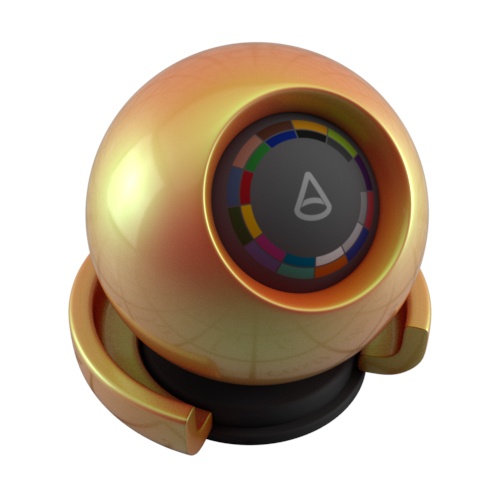 |
| cyan (Base Color: magenta) | blue (Base Color: red) | green (Base Color: red) |
Falloff
The falloff rate of the light-facing color of the base specular coat. The higher the value, the narrower the region. It also determines how the ramp color and light facing color are blended.
In the example below, the Specular Flip Flop color has been set to green and the Light Facing Color to red.
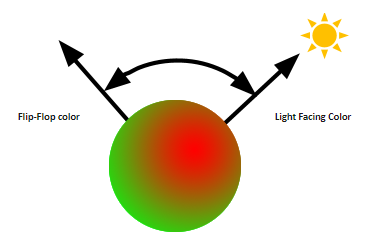
Setting the Specular Falloff to 1 disables the Light Facing Color (red)
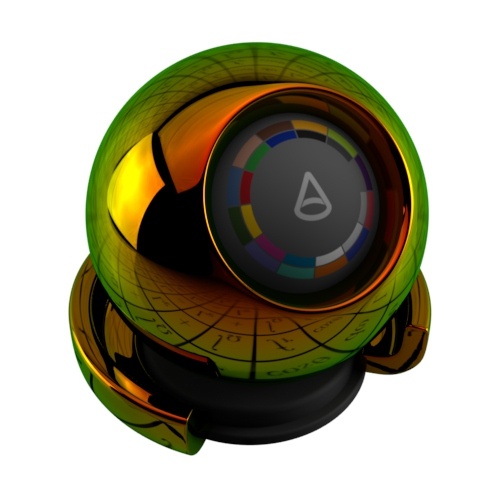 |
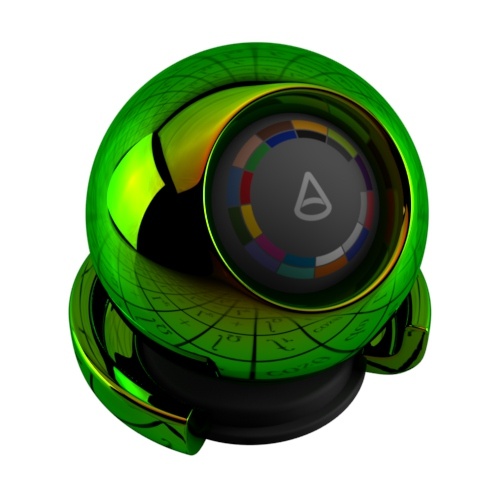 |
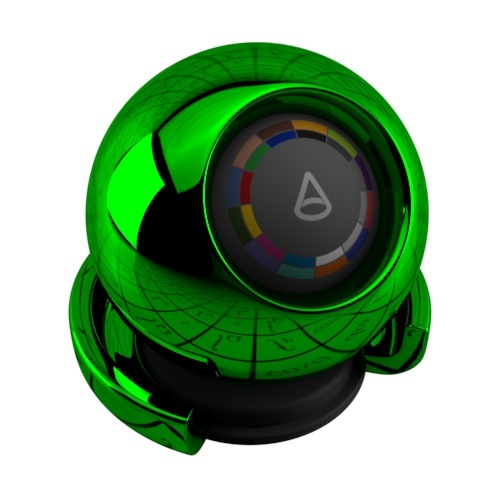 |
| 0 | 0.5 | 1 (default) |
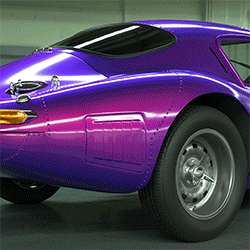
Specular Falloff: 0 to 1. Specular Flip-Flop color: magenta, Light Facing Color: red
Specular Roughness
Controls the glossiness of the specular reflections from the base_coat layer. The lower the value, the sharper the reflection. In the limit, a value of 0 will give you a perfectly sharp mirror reflection, while 1.0 will create reflections that are close to a diffuse reflection.
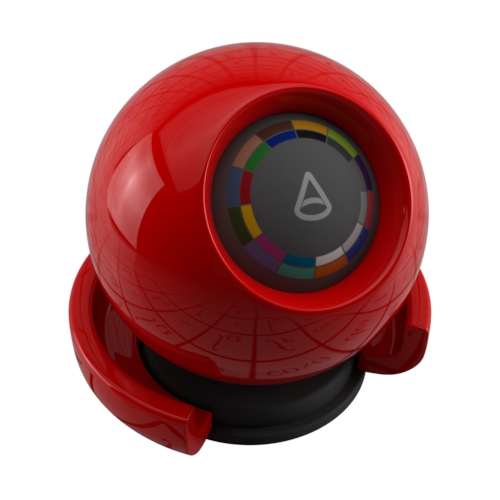 |
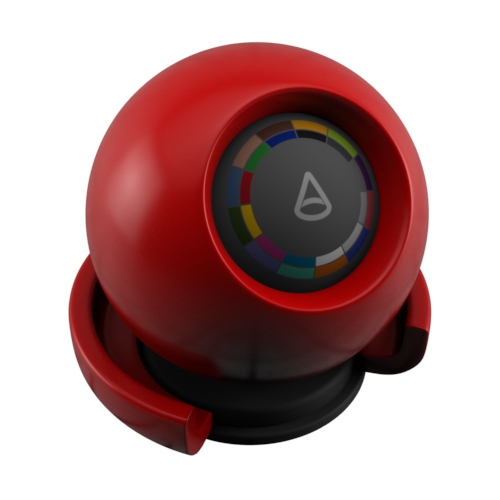 |
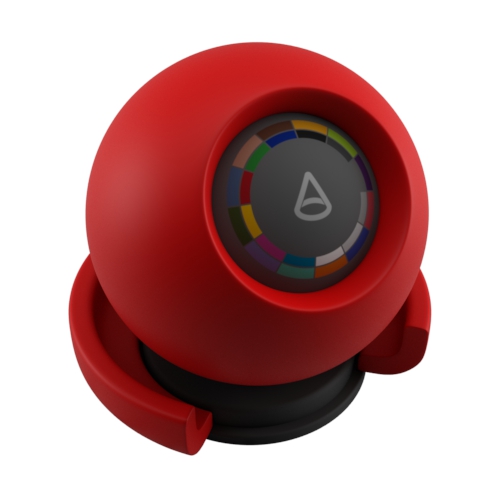 |
| 0 | 0.25 | 0.5 |
Specular IOR
Determines the index of refraction for the base coat.
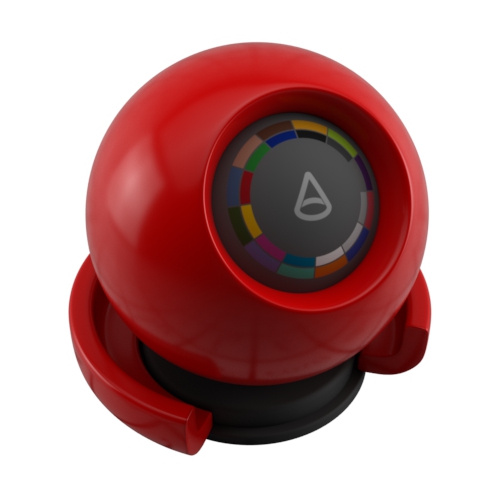 |
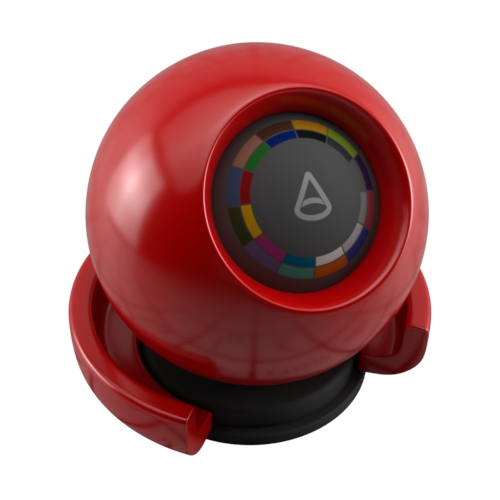 |
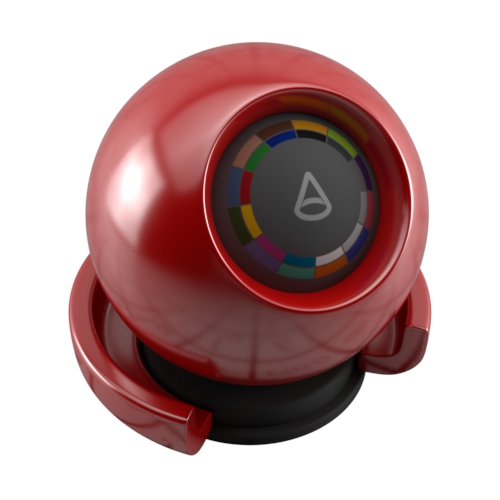 |
| 1.52 (default) | 2 | 3 |
Transmission Color
This simulates light attenuation due to pigments. The lower the value, the denser pigments.
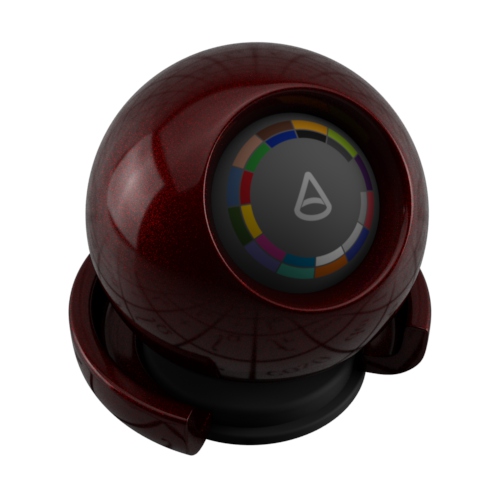 |
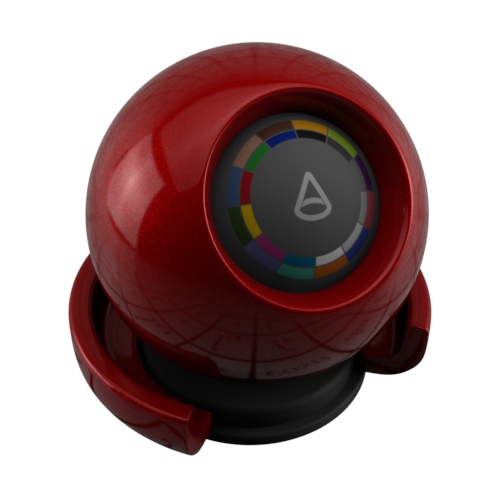 |
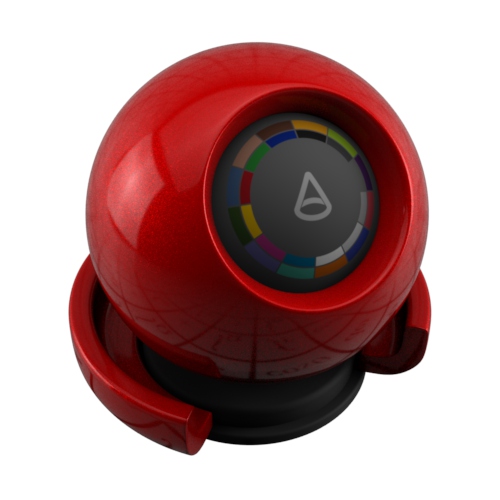 |
| 0.1 | red: 0.5 | red: 1 |
The Transmission Color also affects the appearance of the flakes. For example, when the Base Color is blue and the Transmission Color is yellow it becomes multiplied and renders as green, with the flakes tinted yellow.
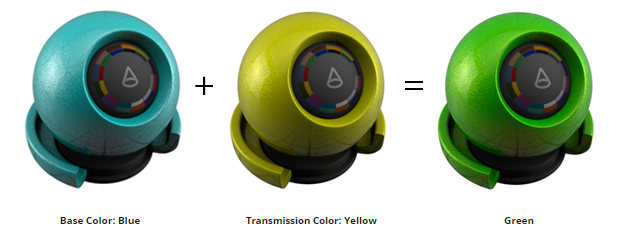
Flakes
Flake Color
The color the specular reflection will be modulated with. Use this color to 'tint' the specular highlight from flakes.
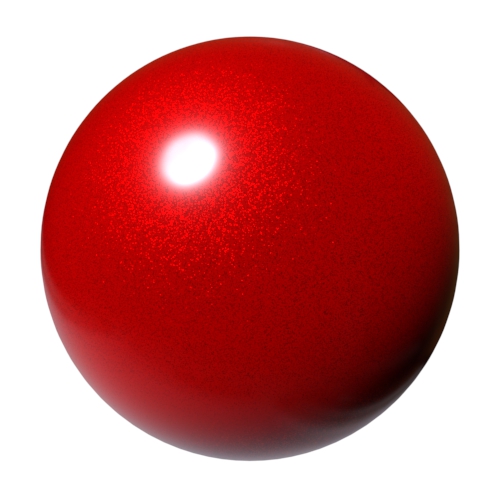 |
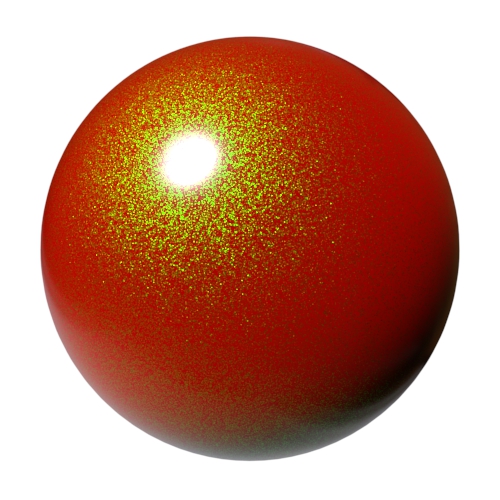 |
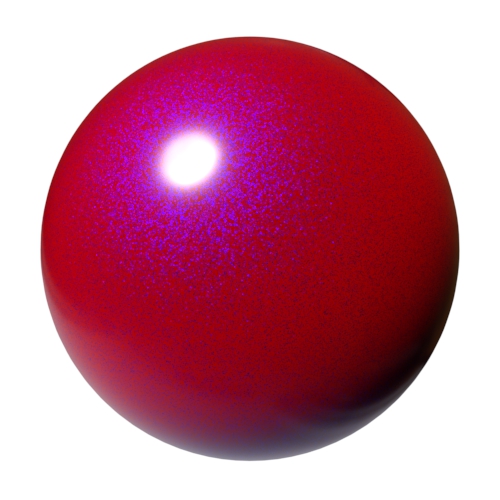 |
| red | green | blue |
Flip Flop
Connect a ramp shader here to modulate the specular reflection from flakes depending on the viewing angle.
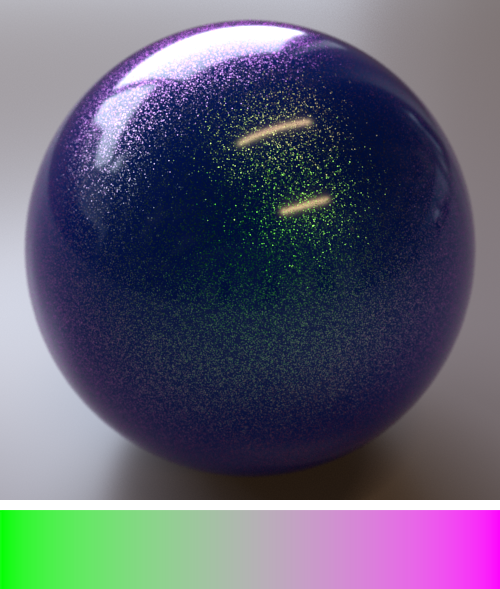
Ramp -> Flake Flip Flop
Light Facing Color
Modulate the specular reflection color from flakes of the area facing the light source.
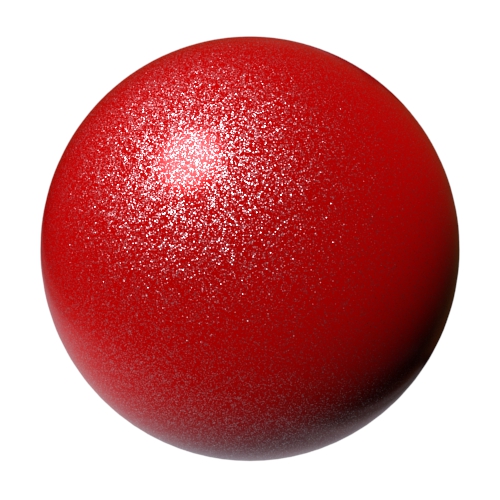 |
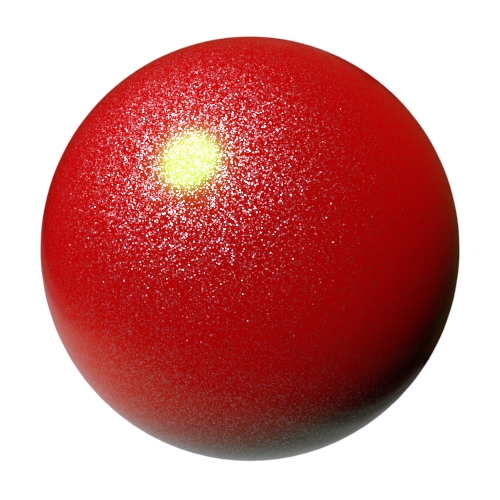 |
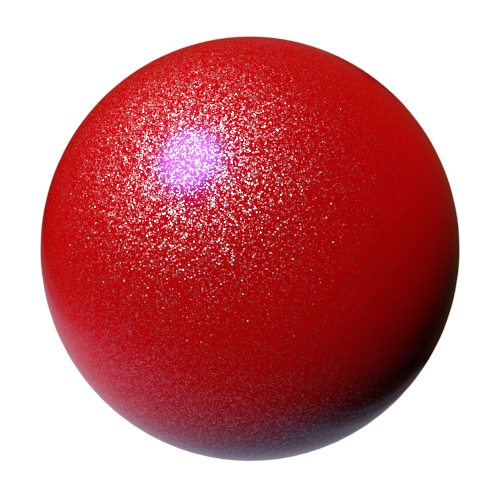 |
| red | green | blue |
Falloff
The falloff rate of the light-facing color of flakes. The higher the value, the narrower the region.
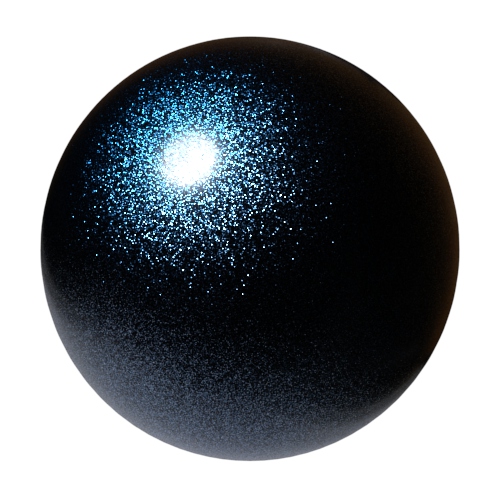 |
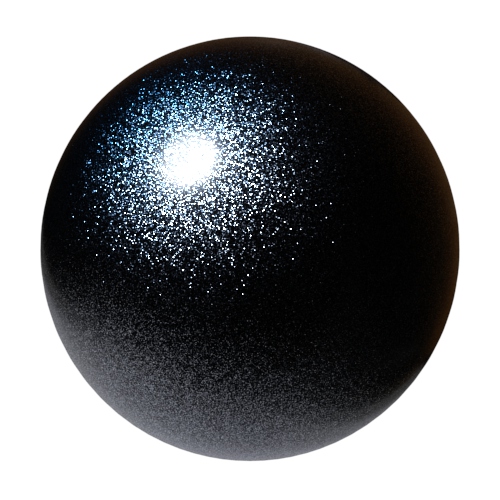 |
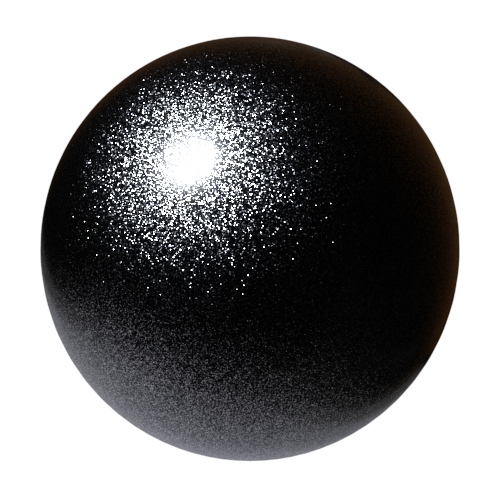 |
| 0 | 0.5 | 1 (default) |
(Light Facing Color: blue)
Flakes Roughness
Controls the glossiness of the specular reflections from flakes. The lower the value, the sharper the reflection. In the limit, a value of 0 will give you a perfectly sharp mirror reflection, while 1.0 will create reflections that are close to a diffuse reflection.
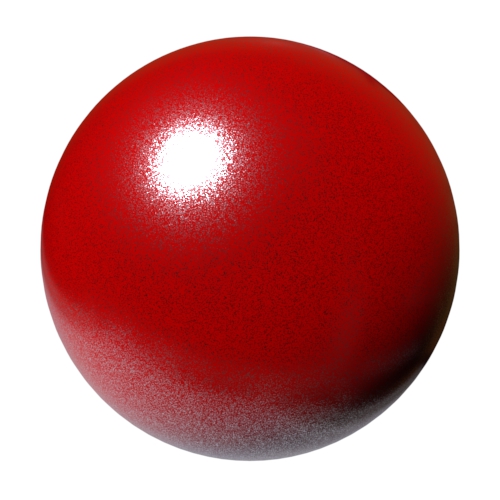 |
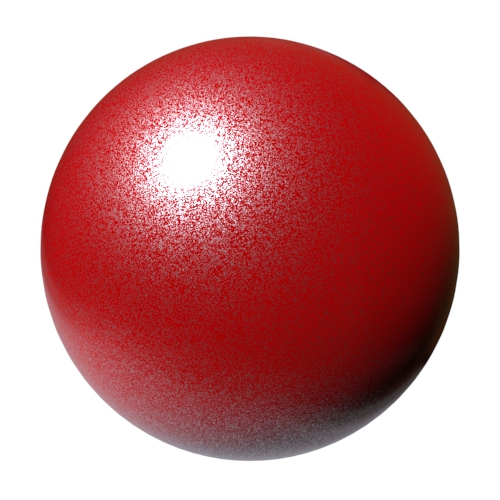 |
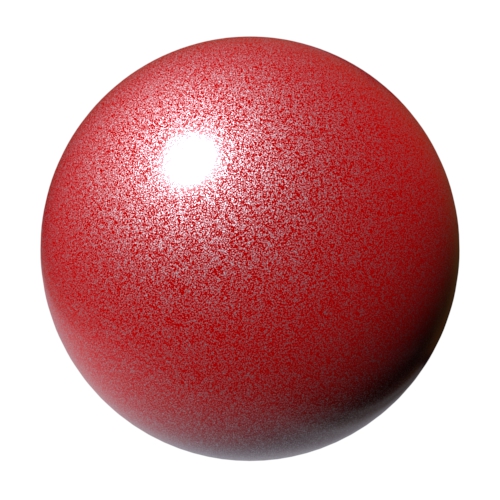 |
| 0.2 | 0.4 (default) | 0.6 |
Flakes IOR
Determines the index of refraction of flakes.
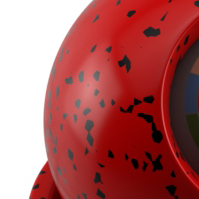 |
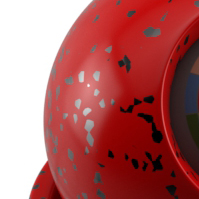 |
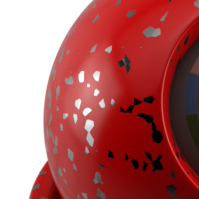 |
| 1 | 2 | 3 |
Scale
Scales the flake structure up or down. Smaller values zoom out of the map, giving a larger number of flakes.
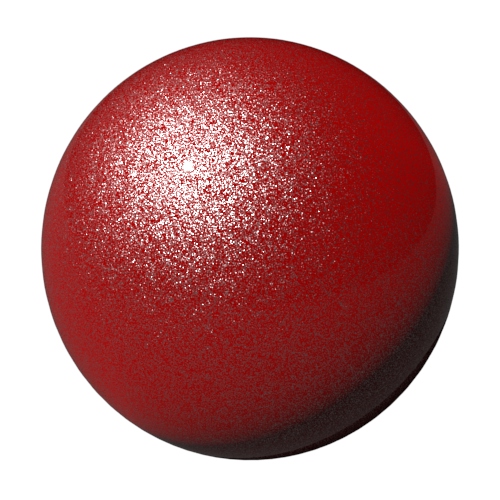 |
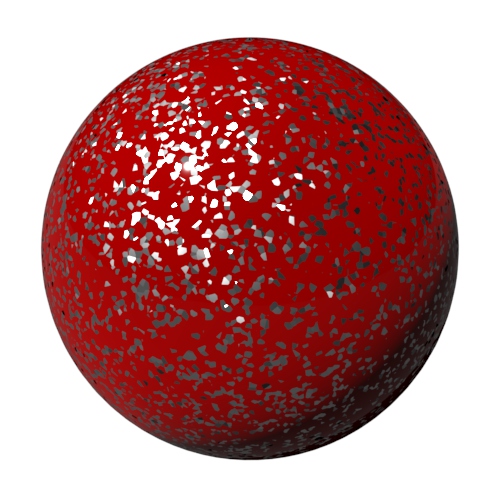 |
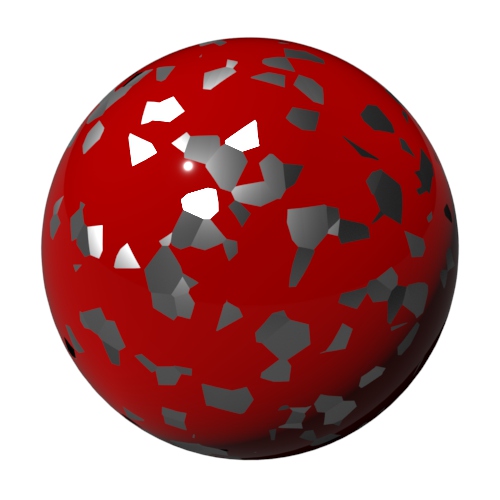 |
| 0.001 (default) | 0.01 | 0.05 |
Density
Controls the density of flakes. There will be no flakes if it is 0. The surface is fully covered with flakes at 1.
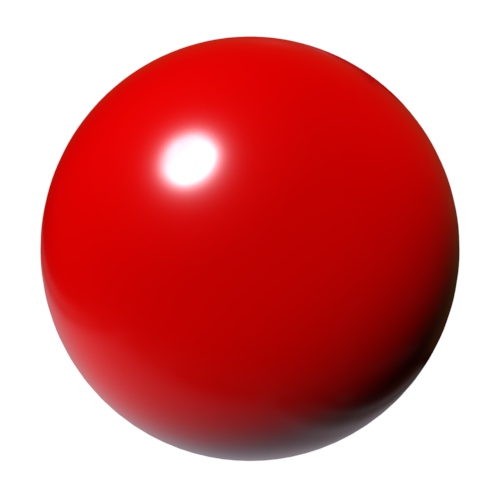 |
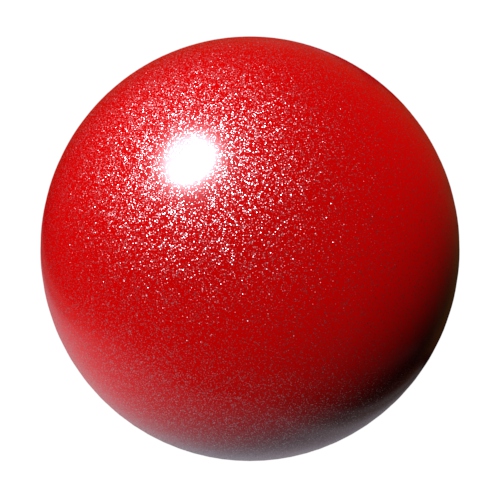 |
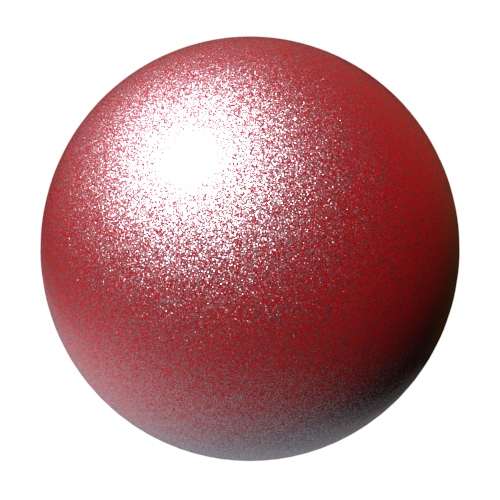 |
| 0 (default) | 0.1 | 0.5 |
Layer
Specify the number of flake layers. The flakes at a deep layer are covered by the ones closest to the surface.
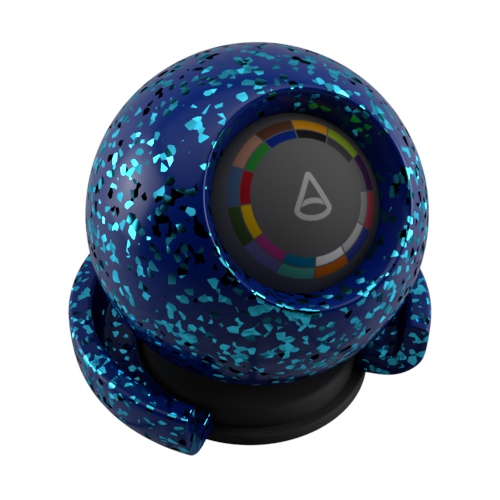 |
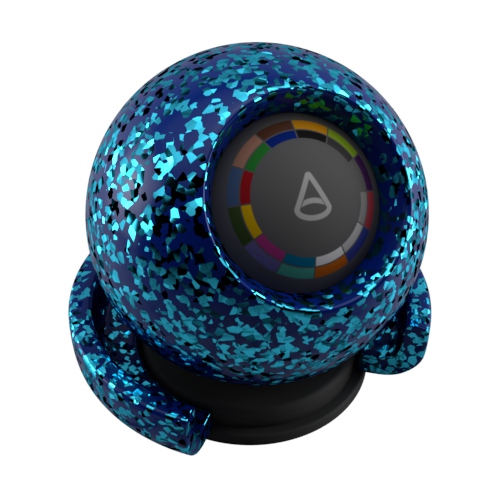 |
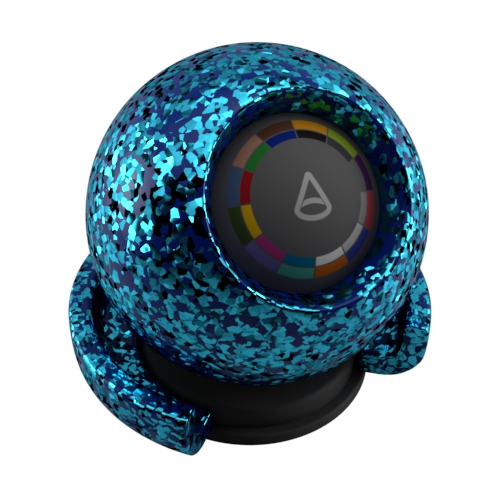 |
| 1 (default) | 2 | 3 |
Normal Randomize
Randomize the orientation of flakes.
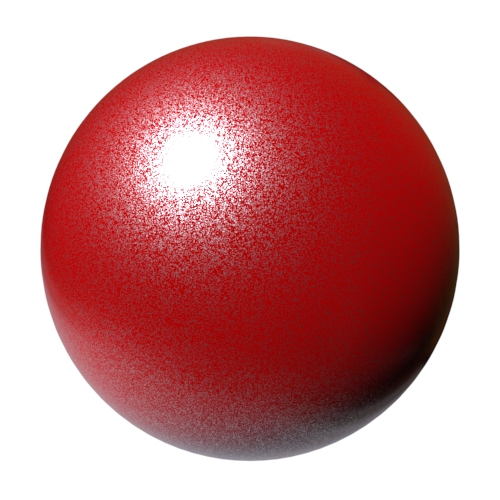 |
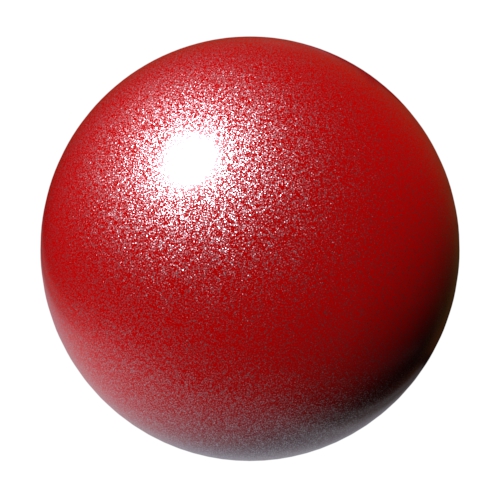 |
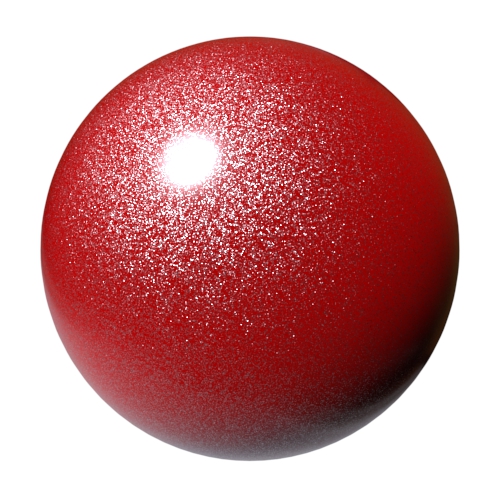 |
| 0.2 | 0.4 | 0.6 |
Coord Space
Specifies the coordinate space used for calculating the shapes of flakes.
- World: points are relative to the global origin of the scene.
- Object: points are expressed relative to the local origin (center) of the object.
- Pref (default): short for 'vertex in reference pose'. The plugin can pass these vertices to Arnold (in addition to the regular, deformed vertices) which can, in turn, be queried by the shader so that the texture 'sticks' to the reference pose and does not swim as the mesh deforms. (Pref does not work with NURBS surfaces.)
- UV: the texture coordinates.
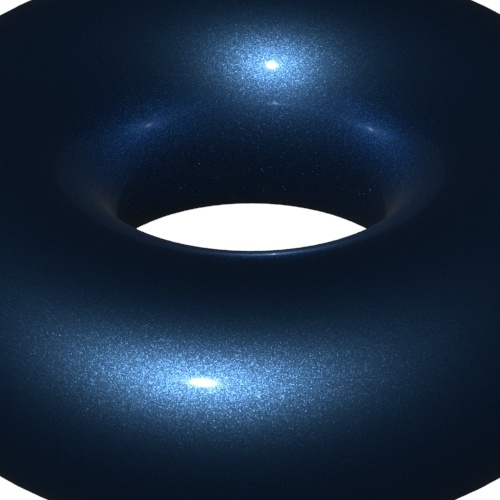 |
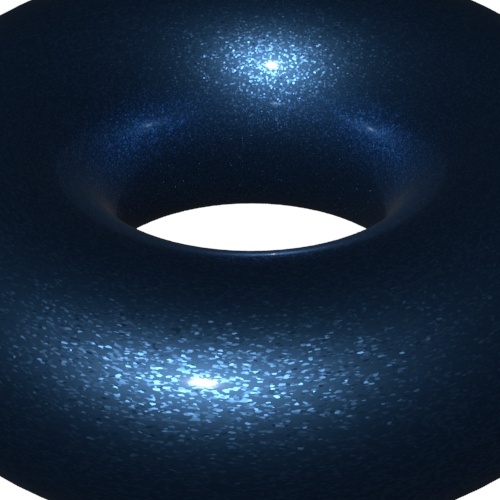 |
| pref (default) | uv |
Pref Name
Specify the name of the reference position user-data array. Previously, the name was hard-coded as "Pref", which is still the default.
Coat
Coat Weight
This attribute is used to coat the material. It acts as a clear-coat layer on top of the base coat and primer layers. The coating is always reflective (with the given roughness) and is assumed to be dielectric.
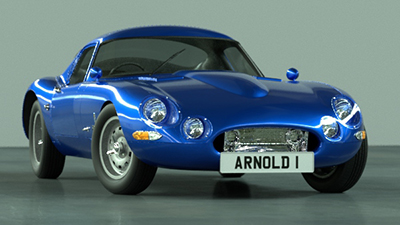 |
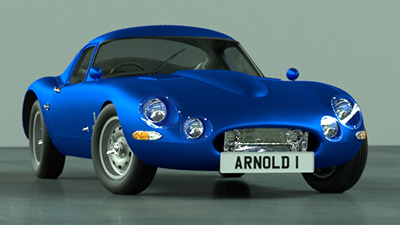 |
| Coat Weight: 1 | Coat Weight: 0 |
Specular Roughness: 0.5.
Coat Color
This is the color of the coating layer's transparency.
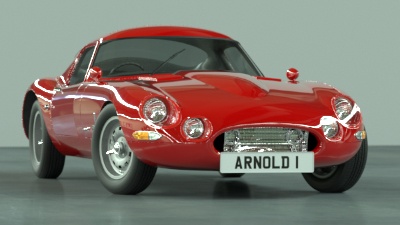 |
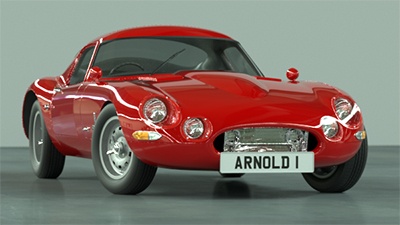 |
| Coat Color: white (default) | red |
Coat Roughness
Controls the glossiness of the specular reflections. The lower the value, the sharper the reflection. In the limit, a value of 0 will give you a perfectly sharp mirror reflection, while 1.0 will create reflections that are close to a diffuse reflection. You should connect a map here to get variation in the coat highlight.
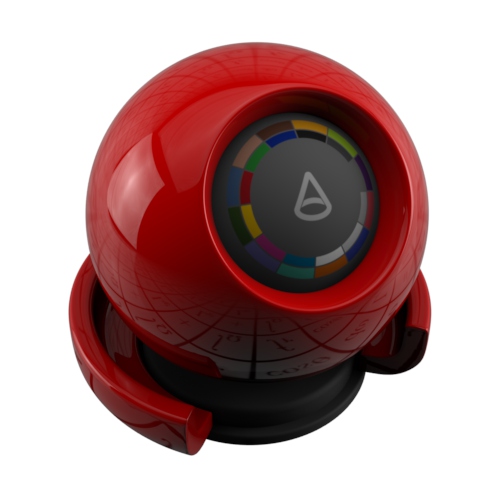 |
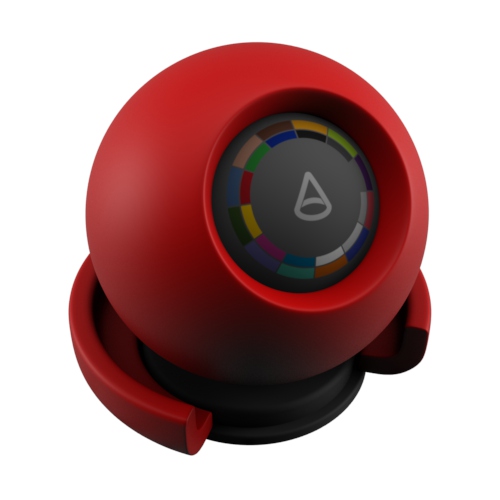 |
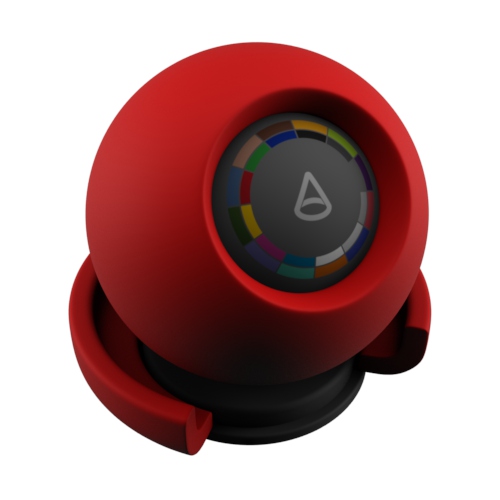 |
| 0 | 0.25 | 0.5 |
Coat IOR
The IOR parameter (Index of Refraction) defines the material's Fresnel reflectivity and is, by default, the angular function used. Effectively, the IOR will define the balance between reflections on surfaces facing the viewer and on surface edges.
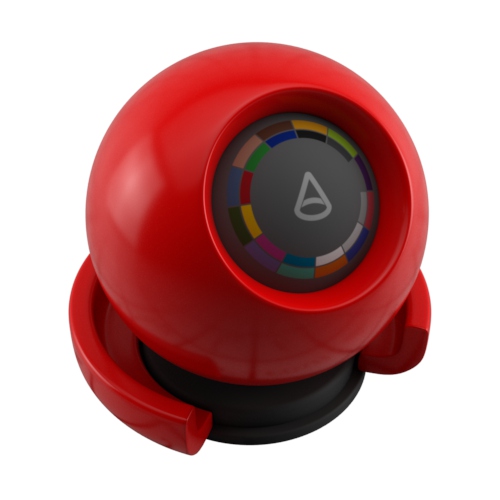 |
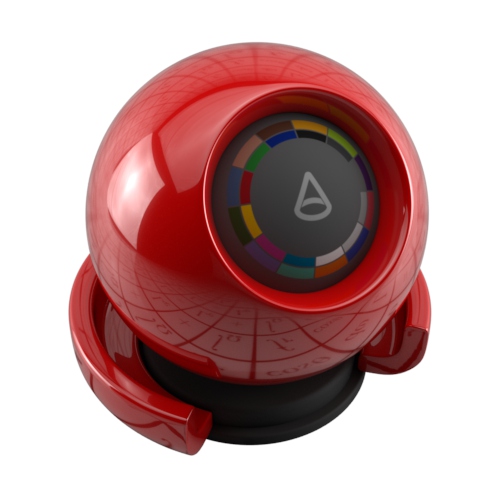 |
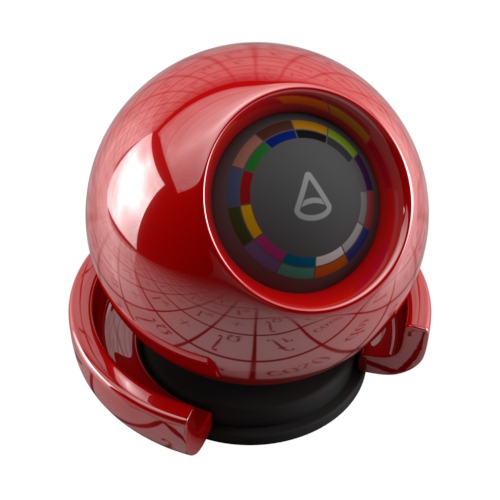 |
| 1 | 2 | 3 |
Coat Normal
The Coat Normal affects the Fresnel blending of the coat over the base, so depending on the normal, the base will be more or less visible from particular angles. Uses for Coat Normal could be a bumpy coat layer over a smoother base. This could include a rain effect, a carbon fiber shader, or a car paint shader where you could use different normals (using e.g. flakes) for the coat layer and base layers.
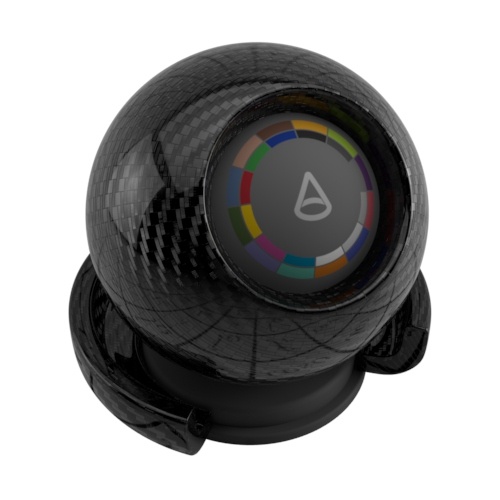 |
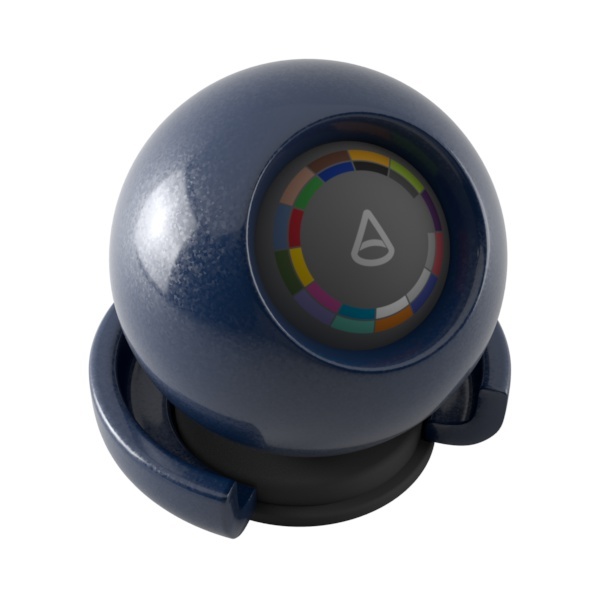 |
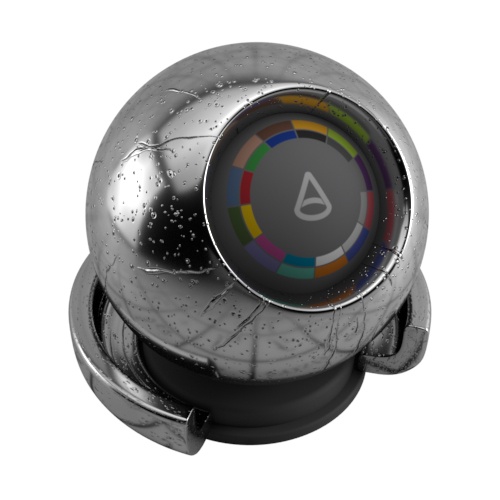 |
